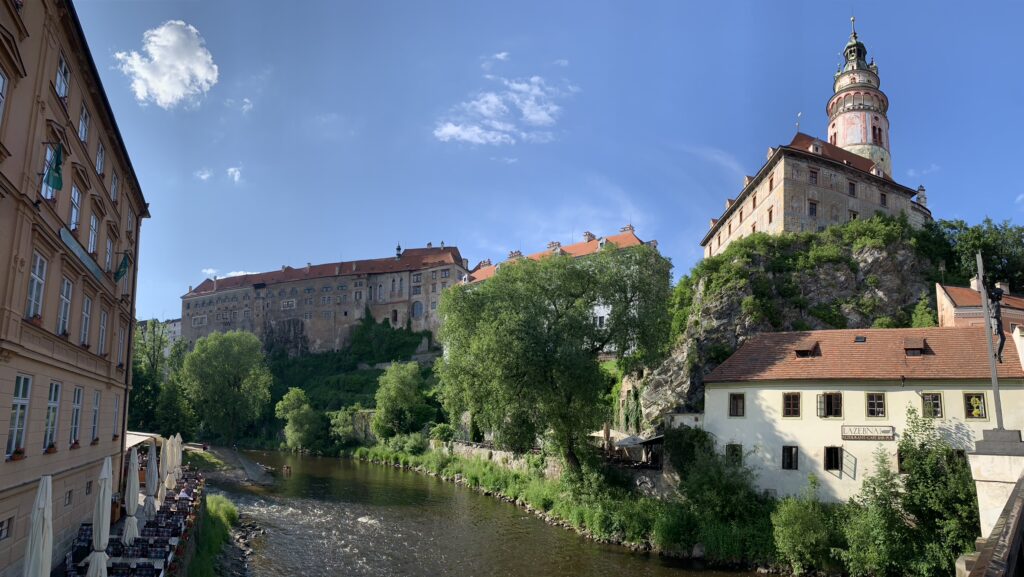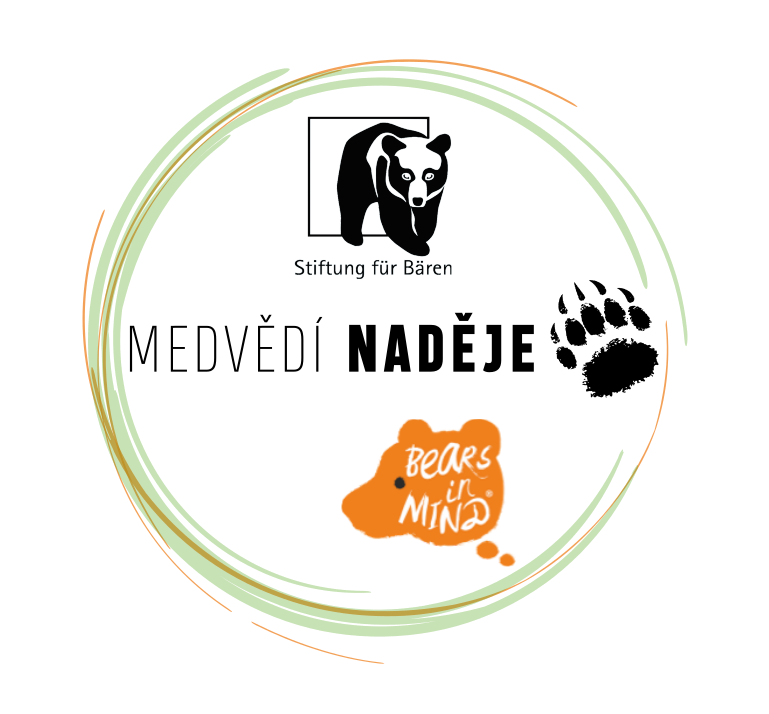The National Heritage Institute is the largest contributory organization of the Czech Ministry of Culture and its main activity is to manage historic sites owned by the Czech state. Additionally, current laws, particularly the heritage conservation law, assign it a range of specialist tasks related to state heritage conservation.
A thousand years of cultivation of the landscape and the development of architecture, town planning, art, technology and industry has filled the Czech lands with an incredible wealth of cultural monuments. They are testimony to the turbulent history and amazing creativeness of the nations for whom the country became home.
Above all, they enrich the present day: they play an important part in the Czech landscape, they give towns and villages their unforgettable appearance and thy fill the interiors of churches, castles, mansions and other historic buildings with valuable furnishings and collections. They are often a symbol of Czech statehood, and make a significant contribution to feelings of national identity and community.

Historical monuments fulfil a wide range of cultural, educational and other useful functions, and thus contribute to the life and economic development of the country’s regions. Together with live culture, they act like nothing else to create an attractive picture of the Czech Republic abroad, leading to knowledge exchange and mutual cultural enrichment between nations.
Social awareness of the valuable and irreplaceable role played by historic buildings in contemporary life is growing with time. It is thus an honourable and highly moral obligation to preserve them for future generations. Experience shows that the only guaranteed and permanently sustainable way to achieve this goal is to use monuments in such a way as to take into account the needs and aims of their owners, while at the same time preserving, in the public interest, their cultural values.
This is a complex and highly demanding process. Heritage conservation needs a high level of expert knowledge that draws on and integrates findings from a number of research areas. It also needs a good knowledge of contemporary life and work, and also of how to communicate convincingly with the public.
